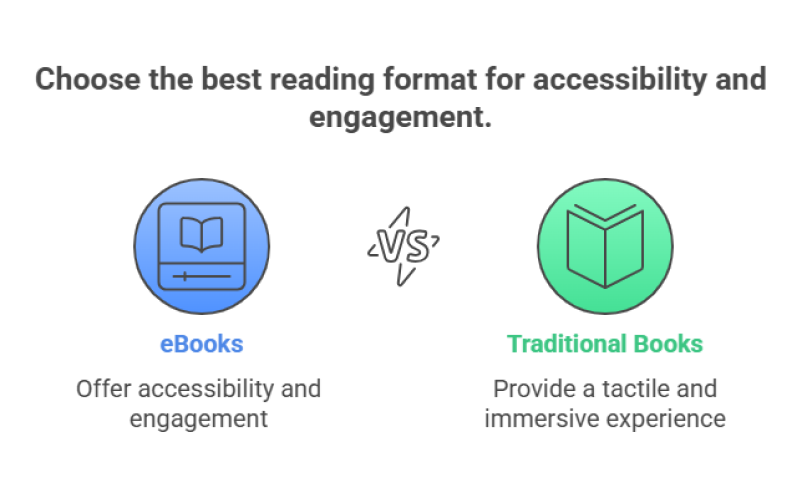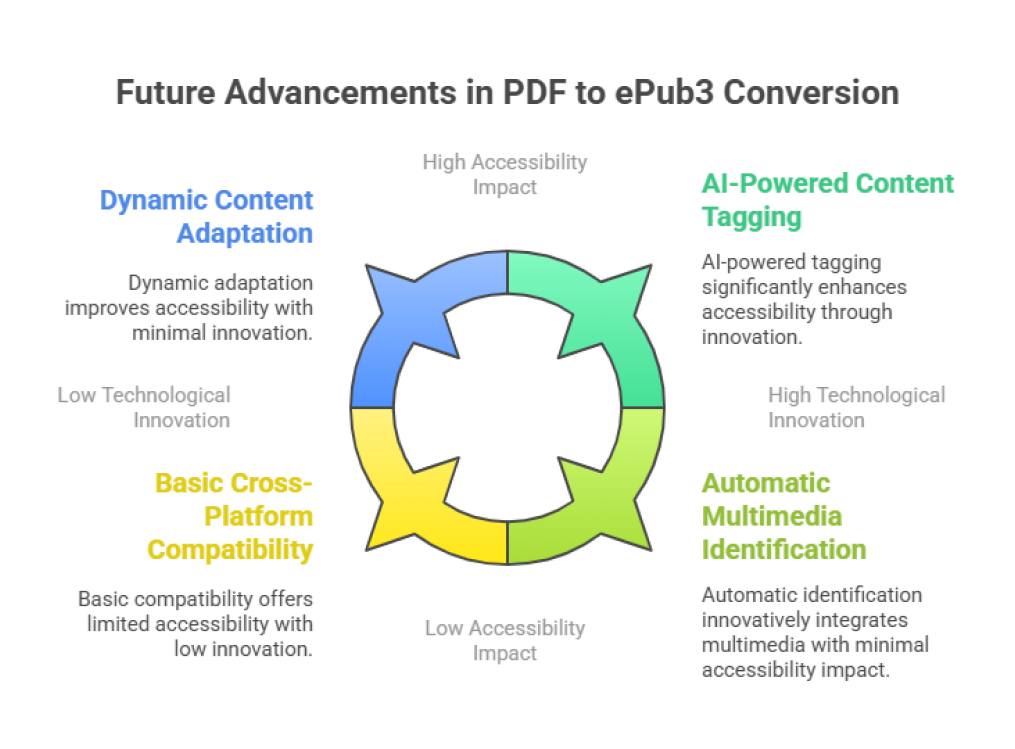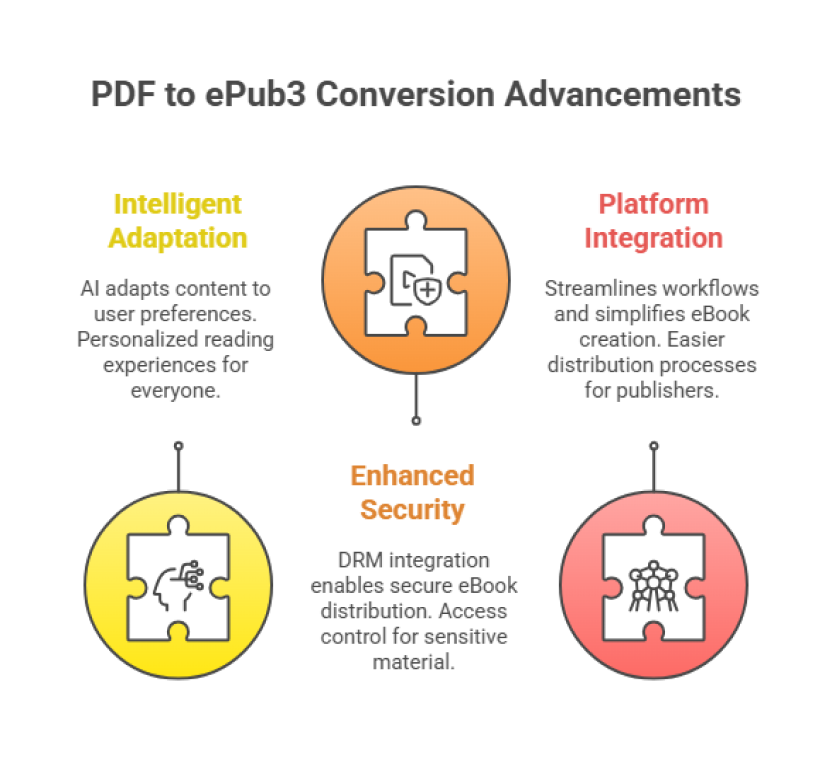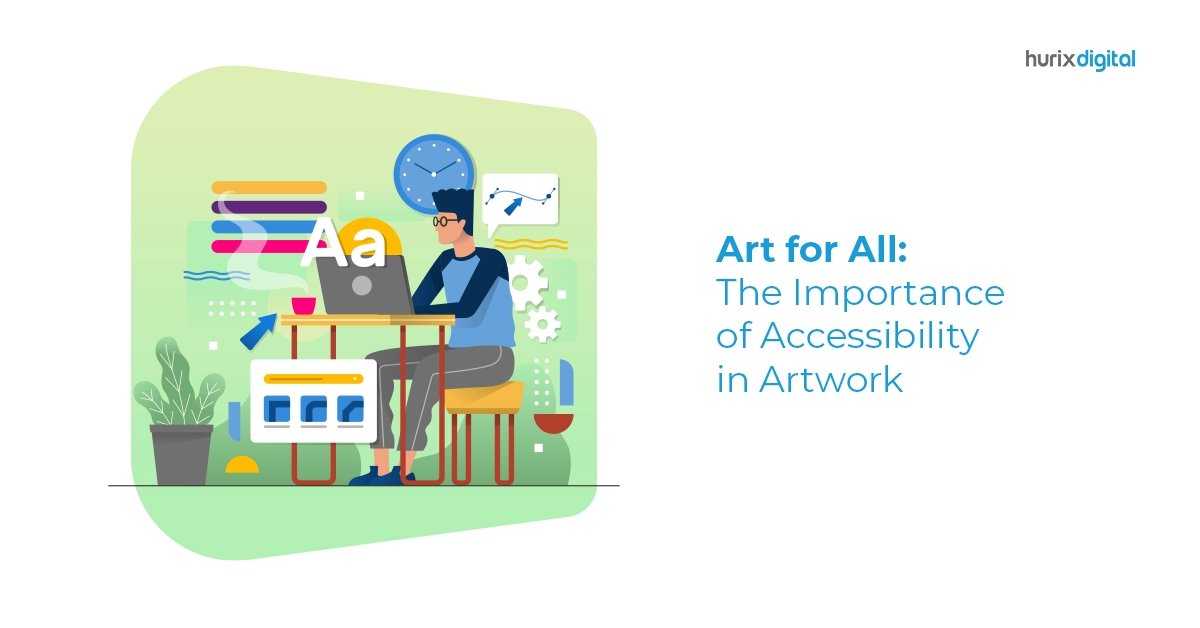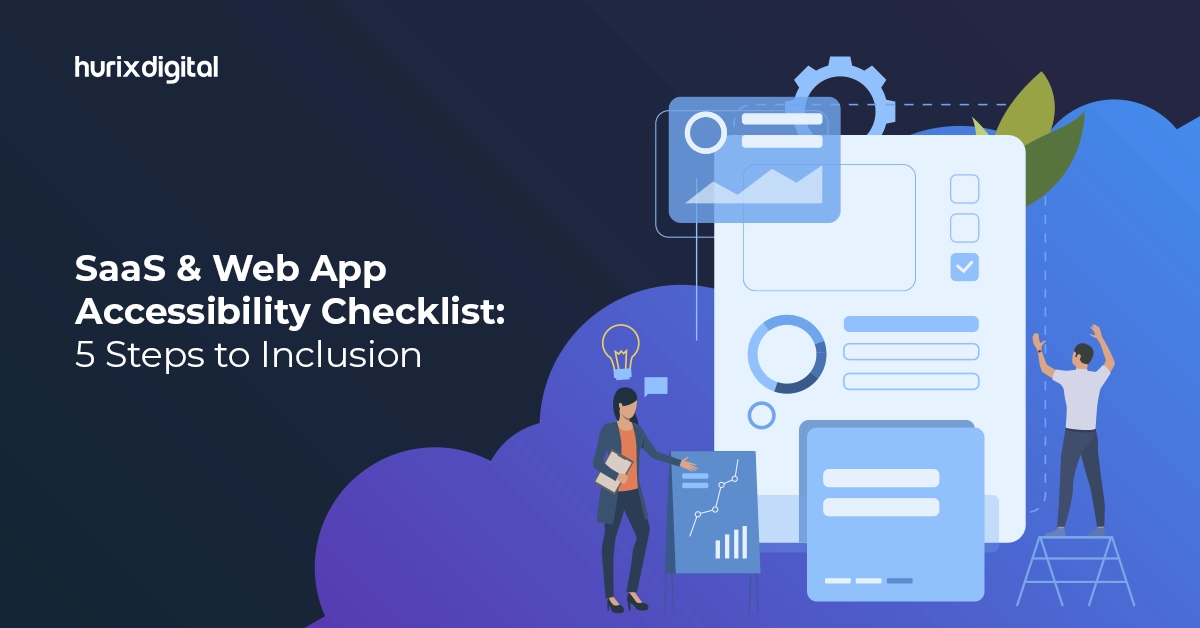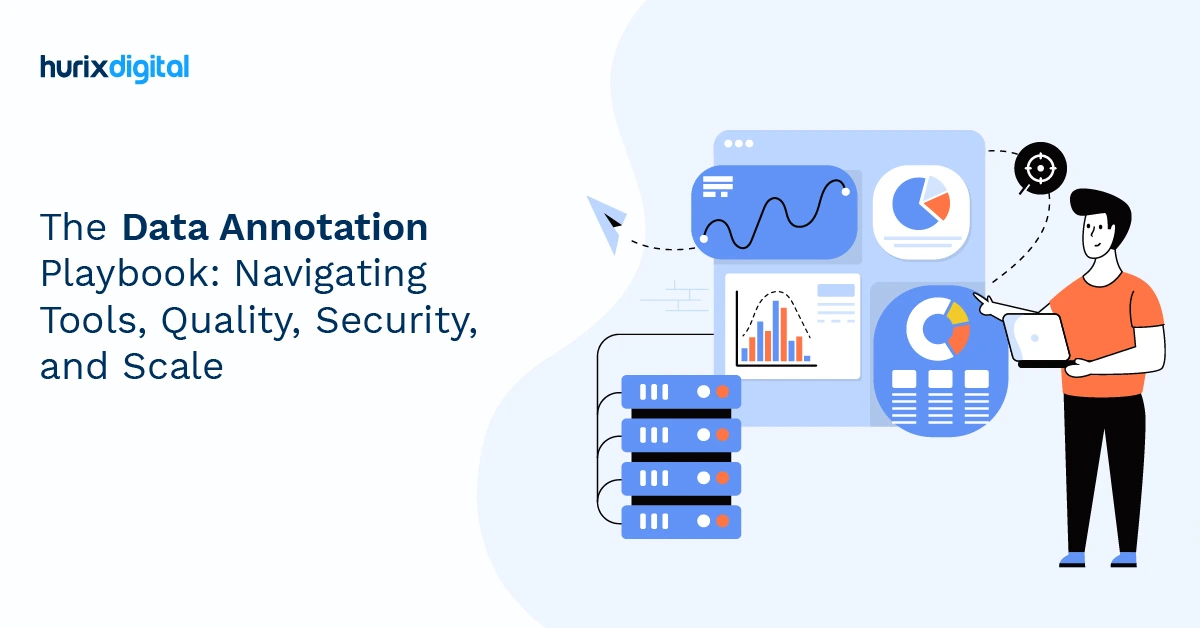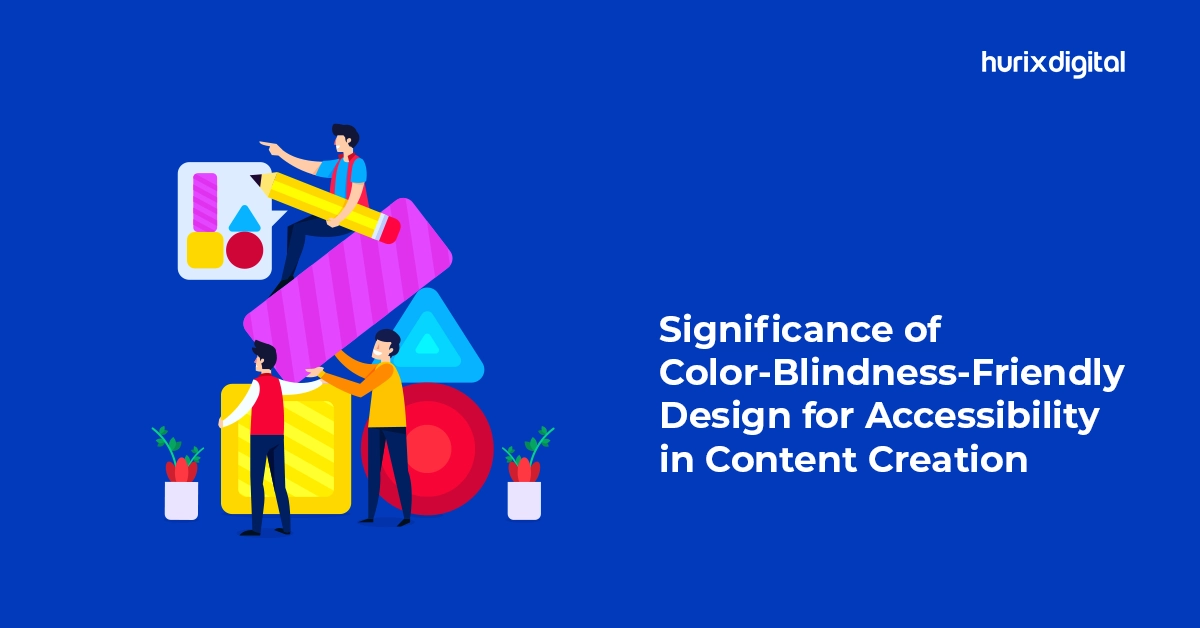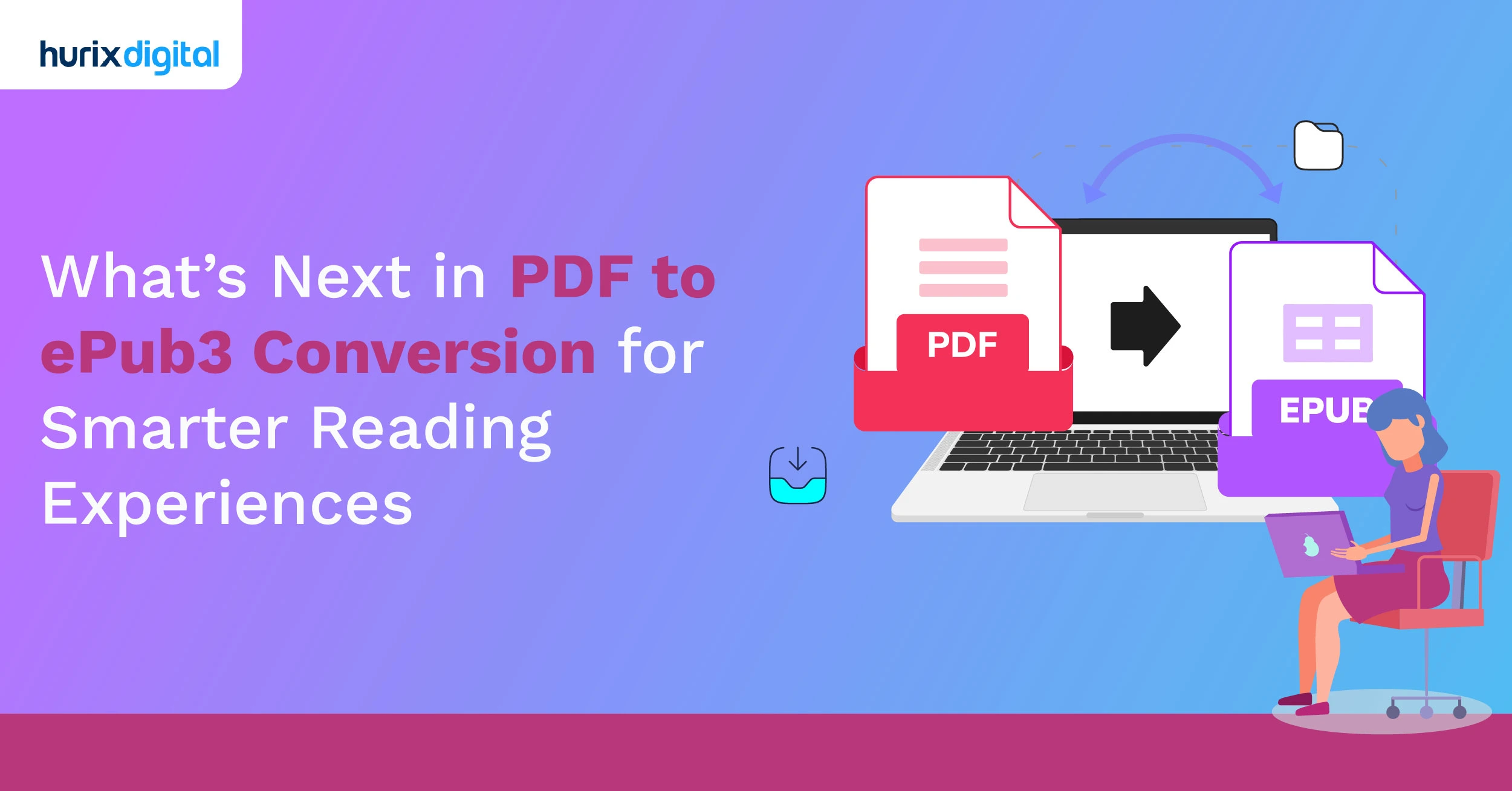
What’s Next in PDF to ePub3 Conversion for Smarter Reading Experiences!
Summarize with:
ePub3 is the latest version of the ePub format, widely used by readers for its accessibility and support for rich media like audio, video, and interactive content.
Its versatility makes it ideal for various digital publications. With eBooks making up 34% of book sales in 2023, ePub3 conversion services are in high demand. However, the format’s advanced features can make conversion challenging.
Here’s how to ensure accessibility and readability while using epub3 conversion services effectively.
Table of Contents:
- The Future of Reading: At a Glance
- A Comprehensive Guide to ePub3 Conversion Services
- What are the Benefits of PDF to ePub3 Conversion and Accessibility?
- Beyond Conversion: Expanding the Possibilities
The Future of Reading: At a Glance
Studies show that the global eBook market is projected to reach $32.19 billion by 2032. This highlights the increasing demand for accessible and engaging digital content.
This growth is fueled by the rise of mobile reading, with the report stating that the increasing trend of Bring Your Device has led to a surge in the interest levels generated by eBooks.
With changing reading habits and diverse user preferences, demands on eBook formats are evolving. Users seek eBooks that are not just visually appealing but also interactive, accessible, and adaptable across devices and platforms. Here’s where innovations in PDF-to-ePub3 conversion come into play.
A Comprehensive Guide to ePub3 Conversion Services
As ePub3 attempts to become the norm in e-publishing, maintaining accessibility and readability across platforms and devices is becoming a challenge.
- ePub3 supports global language support, an important functionality in a connected world.
- It also supports fixed-layout content, which makes it the perfect format for graphic-heavy publications like comics and magazines.
- It can embed fonts, which render consistently across devices and reading apps.
All in all, it is the ideal candidate for the publishing industry, which is striving to be more and more inclusive.
So what are the steps one can take to ensure consistency in ePub3 conversion services? Let’s find out.
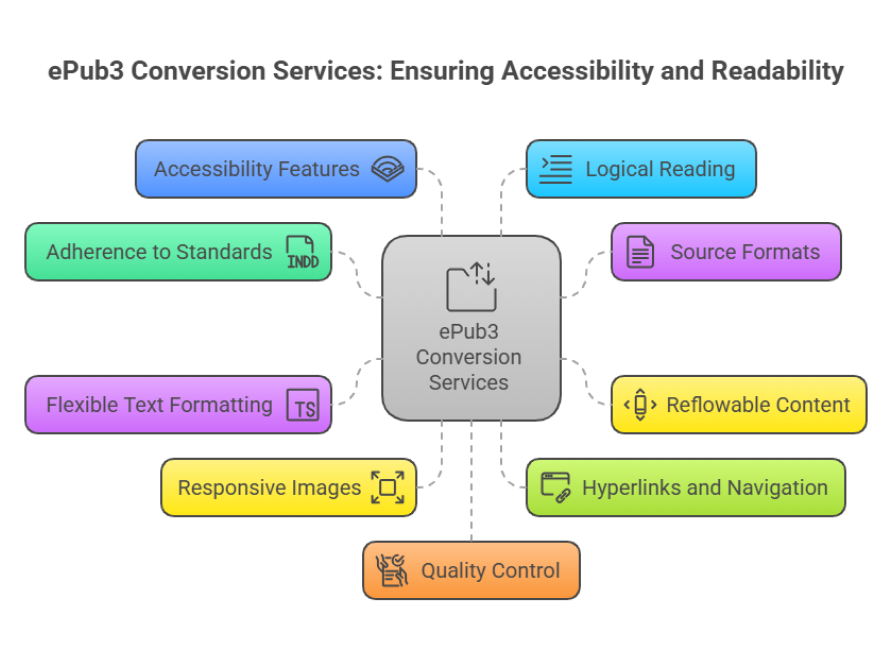
1. Adherence to Standards
ePub3 conversion services should adhere to the International Digital Publishing Forum (IDPF) standards.
IDPF is the forum that developed and is charged with maintaining ePubcontent publication standards. Following their rules allows for interoperability across devices and platforms.
2. Source Formats
Formats such as MS Word, PDF, Quark, InDesign, RTF, 3B2, XML, HTML, and a few others are heavily relied on across reading communities all over the world.
All ePub3 conversion services need to adhere to these formats.
3. Reflowable Content
ePub3 conversion services should ensure that the content is reflowable. Reflowable content means that text, images, and other media will fit across different-sized screens and devices.
This offers a seamless reading experience across a spectrum of devices.
4. Flexible Text Formatting
ePub3 conversion services need to have a dynamic text formatting option.
- This will allow a reader to change fonts, font size, line spacing, etc. based on personal needs and preferences.
- Changing font sizes and being able to change color and contrast is essential assistive technology for those with visual disabilities.
5. Responsive Images
Responsive images can adjust their dimensions without losing clarity. This is exactly what ePub3 needs as a format that is used across various devices and screen sizes.
6. Hyperlinks and Navigation
Preserving and enhancing hyperlinks and other navigational elements is key to maintaining proper navigation.
- This includes elements like tables of contents, chapter connections, cross-references, and internal and external hyperlinks.
- Navigation also means allowing users to forward or rewind multimedia elements and perform other actions on them.
7. Accessibility Features
15% of the world’s population has some sort of disability. To ensure accessibility for all, ePub3 needs to have features in addition to responsive texts for visual disabilities.
- This includes allowing text-to-speech capabilities for the hearing impaired or alt text to describe visual multimedia elements such as images to those who cannot properly see them.
- Maintaining separate style sheets that sync interactive features like audio and video is essential to supporting those with cognitive disabilities.
8. Logical Reading
ePub3 conversion services should ensure logical reading by maintaining the flow and structure of the original document. What that essentially means is:
- The conversion preserves the structure of the original documents, such as chapters, sections, and subsections.
- The sequence of elements is always preserved.
- The formatting for headings, subheadings, paragraphs, bullet points, image borders, etc. is consistent throughout the ePub3 file.
- A table of contents, bookmarks, and hyperlinks are maintained for easy navigation.
- Finally, all interactive multimedia elements in the document are preserved to provide the same experience in ePub3 format.
9. Quality Control
Strict quality control is the norm for every finished product today. A thorough quality check can only ensure accuracy, consistency, and security for accessible and readable ePub3 conversion services.
Validation tools such as ePubCheck 3.0, which is also the official conformance checker for ePubpublications should be used before publishing any manuscript.
10. Web Accessibility in ePub3 Conversion
The World Wide Web Consortium (W3C) is the body that publishes standards in digital publishing. ePub3 was also published by then.
They have laid out some standards to ensure web accessibility for ePub3 through a few specific guidelines:
- Semantic HTML should be used whenever possible to assist text-to-speech. Semantic information can be added using the “EPUB: type.”
- UTF-8 should be used for the interoperability of characters and MathML to represent complex equations for screen readers.
- Appropriate metadata must always be added.
- All text must be organized in a logical reading order.
- Relying only on visual cues is not acceptable, as it is not disability-friendly.
- Alt-text descriptions must be used for images.
- An ePubAccessibility Audit must be conducted to ensure that your ePubfiles meet accessibility standards and requirements, such as Section 508, WCAG 2.0, WCAG 2.1, WCAG 2.2, or ADA3.
Check out EXCLUSIVE: HurixDigital Converts XML Files to HTML and Publishes 250,000 Backlist Titles
What are the Benefits of PDF to ePub3 Conversion and Accessibility?
Adherence to the ePub3 standard, which defines the structure and format of eBooks, will be at the heart of these future advancements. This standard ensures interoperability and accessibility.
Future conversion applications will utilize cutting-edge technology to fully harness ePub3’s capabilities, enabling developers to create innovative and engaging eBook experiences.
Let’s explore this further:
1. Enhanced Accuracy and Retention of Content Structure
Current conversion tools often struggle with accurately preserving the original layout and structure of complex PDFs, particularly those containing tables, figures, and intricate formatting. Future advancements in artificial intelligence (AI) and machine learning (ML) hold promise for:
- Intelligent Content Analysis: AI can analyze the semantic structure and elements within the PDF, enabling more accurate conversion of tables, figures, and complex layouts.
- Adaptive Layout Algorithms: ML can be employed to develop algorithms that dynamically adjust layouts to different screen sizes and devices, ensuring optimal presentation across platforms.
2. Seamless Integration of Multimedia Elements
While ePub3 supports multimedia, current conversion tools often require manual integration, which can be time-consuming and prone to errors. Future innovations can focus on the following:
- Automatic Multimedia Identification: AI can be trained to automatically identify multimedia elements (audio, video) within the PDF and integrate them seamlessly into the ePub3 format.
- Context-Aware Placement: AI can analyze the content and context to suggest optimal placement for multimedia elements, enhancing the learning experience.
Advanced Accessibility Features
Nearly 1 billion people worldwide live with disabilities, emphasizing the importance of accessible technology and content. Accessibility features are essential for creating inclusive reading experiences. Future advancements can include:
- AI-Powered Content Tagging: AI can automatically tag elements like headings, tables, and images, improving navigation and screen reader compatibility.
- Dynamic Content Adaptation: Future tools could adapt content based on user preferences, allowing for adjustments in font size, color contrast, and text-to-speech settings.
3. Cross-Platform Compatibility
As the mobile reading market expands, ensuring seamless cross-platform compatibility is crucial.
Future PDF to ePub3 conversion applications will prioritize industry-standard ePub3 format compliance, guaranteeing consistent rendering and user experience across various e-reading platforms and devices.
ePub3 offers cross-platform compatibility, but ensuring seamless experiences across all devices requires further improvements.
Future innovations can focus on the following:
- Device-Specific Optimization: Conversion tools could adapt the ePub3 format to specific device capabilities, optimizing the reading experience for each platform.
- Integration with eBook Reader Platforms: Collaborations between conversion application developers and eBook reader platforms can create seamless integration, providing users with a unified and consistent reading experience.
Furthermore, accessibility features will become an essential component of future conversions. These features include text-to-speech conversion, dyslexia-friendly fonts, and improved screen reader compatibility, ensuring that everyone has equal access to the wealth of information contained in eBooks.
4. Utilizing Cloud-Based Solutions
Cloud-based solutions offer several advantages for PDF to ePub3 conversion, including:
- Scalability and Accessibility: Cloud-based tools can be accessed from anywhere, and their scalable nature can handle large and complex files efficiently.
- Collaborative Editing and Version Control: Cloud-based solutions can facilitate collaboration between authors, editors, and designers, allowing for real-time edits and version control.
- Integration with AI and ML Services: Cloud platforms can leverage the power of AI and ML services to enhance conversion accuracy, accessibility, and content adaptation.
Beyond Conversion: Expanding the Possibilities
As the field of PDF to ePub3 conversion continues to evolve, we can expect to see further advancements and integrations beyond basic conversion functionalities:
1. Intelligent Content Adaptation
Conversion tools could utilize AI to adapt content based on user preferences or device specifications, offering personalized reading experiences.
2. Enhanced Security Features
Integration of digital rights management (DRM) solutions could enable secure distribution and access control of converted eBooks.
3. Seamless Integration with Publishing Platforms
Integration with digital publishing platforms could streamline workflows and simplify eBook creation and distribution processes.
Wrapping Up
The future of converting PDFs to ePub3 eBooks looks promising. With a dedicated focus on user-friendly features, adherence to clear standards, and the integration of innovative solutions, these tools are poised to elevate the eBook experience.
As a result, this progression not only enhances accessibility but also has the potential to significantly broaden the world of eBooks, ultimately making knowledge more readily available and consistently creating engaging reading experiences for everyone.
At Hurix Digital, we’re passionate about turning eBooks into captivating reads. Beyond basic conversion, we offer expert content creation and design services to help you reach a broader audience and explore the full potential of ePub3.
Contact us for more details.
Summarize with:

Vice President – Content Transformation at HurixDigital, based in Chennai. With nearly 20 years in digital content, he leads large-scale transformation and accessibility initiatives. A frequent presenter (e.g., London Book Fair 2025), Gokulnath drives AI-powered publishing solutions and inclusive content strategies for global clients
 Upcoming Masterclass | Build an Army of Brand Evangelists using Training & Development | November 20th, 8:30 AM PDT | 11:30 AM EDT | 10:00 PM IST
Upcoming Masterclass | Build an Army of Brand Evangelists using Training & Development | November 20th, 8:30 AM PDT | 11:30 AM EDT | 10:00 PM IST

